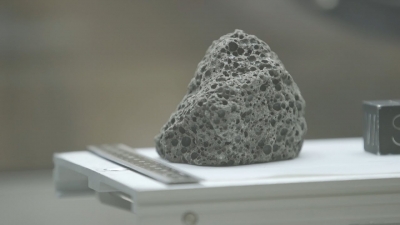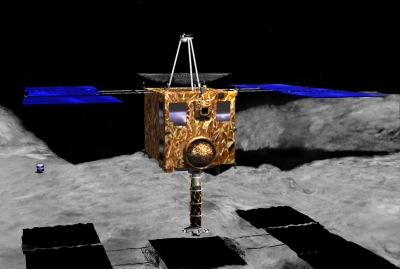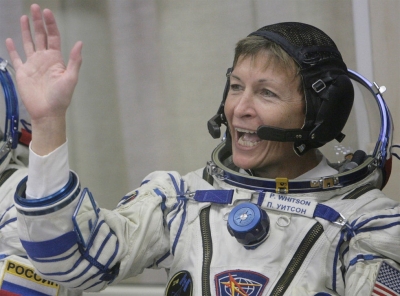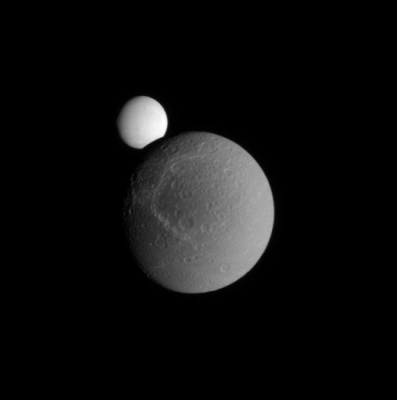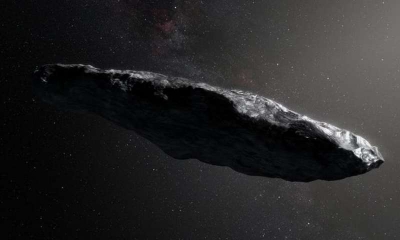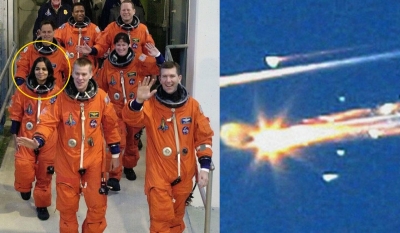
An American commercial cargo spacecraft bound for the International Space Station has been named after fallen NASA astronaut Kalpana Chawla, the first India-born woman to enter space, for her key contributions to human spaceflight. Northrop Grumman, an American global aerospace and defence technology company, announced that its next Cygnus capsule will be named the “S.S. Kalpana Chawla”, in memory of the mission specialist who died with her six crewmates aboard the space shuttle Columbia in 2003.
In 2000, Chawla was selected for her second voyage into space, serving again as a mission specialist on STS-107. The mission was delayed several times, and finally launched in 2003. Over the course of the 16-day flight, the crew completed more than 80 experiments.
On the morning of Feb. 1, 2003, the space shuttle returned to Earth, intending to land at Kennedy Space Center. At launch, a briefcase-sized piece of insulation had broken off and damaged the thermal protection system of the shuttle’s wing, the shield that protects it from heat during re-entry. As the shuttle passed through the atmosphere, hot gas streaming into the wing caused it to break up. The unstable craft rolled and bucked, pitching the astronauts about. Less than a minute passed before the ship depressurized, killing the crew. The shuttle broke up over Texas and Louisiana before plunging into the ground. The accident was the second major disaster for the space shuttle program, following the 1986 explosion of the shuttle Challenger.
Picture Credit : Google

